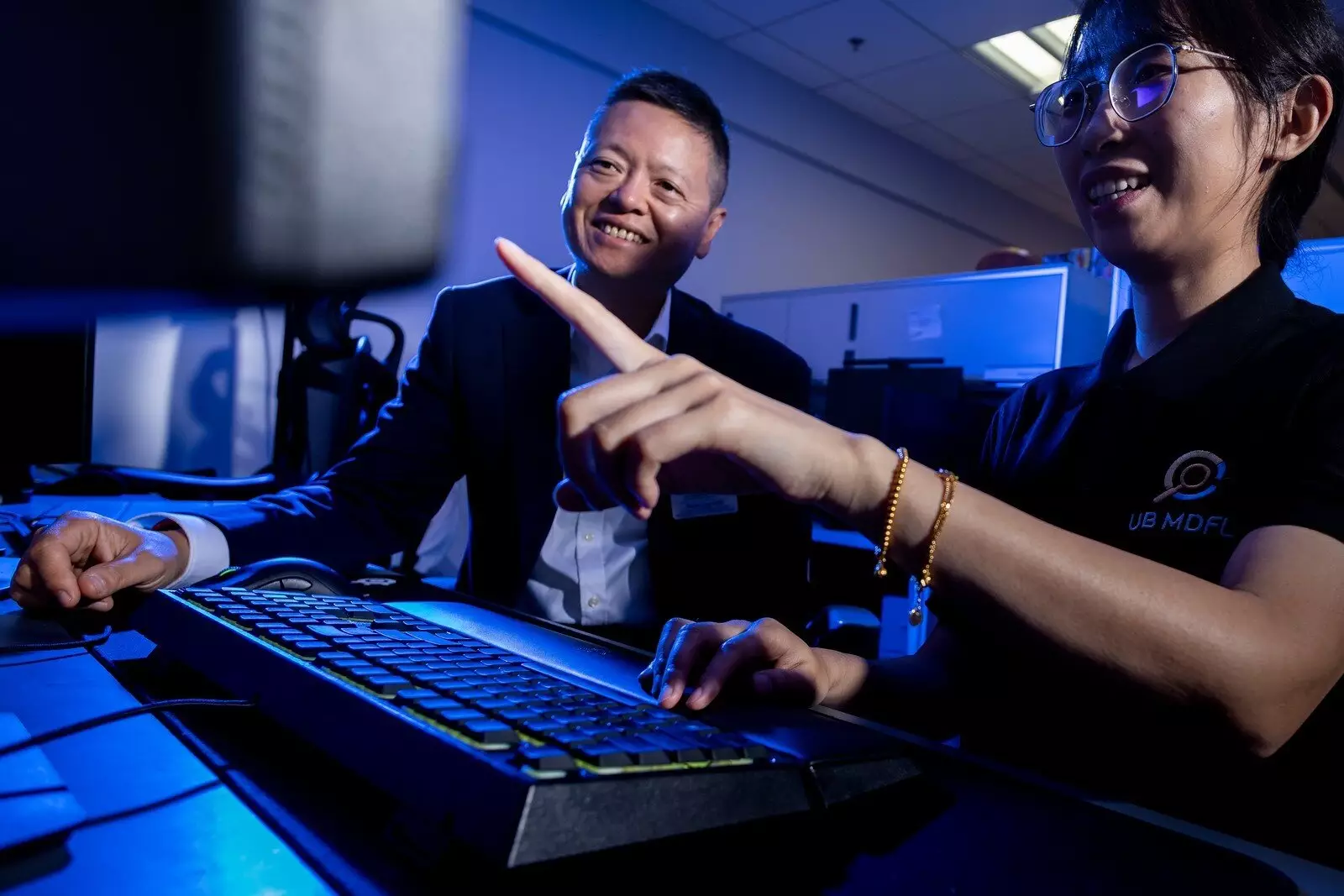The digital landscape has become a breeding ground for misinformation, particularly with the rise of artificial intelligence technologies that can create realistic yet deceptive media. As the pressure to verify the authenticity of content intensifies, the gap between cutting-edge research and practical application in the wider world becomes more evident. This concern is aptly captured by Siwei Lyu, a renowned expert in deepfake detection at the University at Buffalo, who underscores the urgent need for accessible verification tools in this digital age.
Deepfakes—media manipulated or entirely fabricated using AI—pose a significant threat to public trust in information. As these synthetic media become increasingly sophisticated, distinguishing between genuine content and its counterfeit becomes a daunting task for everyday users, journalists, and even law enforcement agencies. Without immediate support from technical experts like Lyu, the process of verifying media authenticity can be time-consuming, leaving individuals vulnerable to the rampant spread of misinformation.
This scenario raises critical questions about the state of information integrity: How can the average user untangle the complex web of digital deception? What tools are available for real-time analysis, and to what extent can they be trusted?
In response to these challenges, Lyu and his team have developed the DeepFake-o-Meter, an open-source platform aimed at democratizing access to deepfake detection tools. This user-friendly tool allows anyone—from casual social media users to professional journalists—to submit media files for analysis, enabling them to ascertain the likelihood that a piece of content has been artificially generated. With thousands of submissions already processed, the platform exemplifies a proactive approach to tackling misinformation and bridging the gap between academic research and public knowledge.
The operation is simple: users can drag and drop files into the designated upload box and select from various detection algorithms. These algorithms consider multiple parameters, providing a percentage likelihood of AI involvement in the media’s creation. This design not only enhances user experience but also fosters transparency within the analytical process—an aspect that is crucial considering the stakes involved.
A key strength of the DeepFake-o-Meter is its emphasis on transparency and community engagement. Unlike other detection tools that provide a singular, opaque result, the DeepFake-o-Meter reveals the underlying algorithms utilized in its analysis, offering users a more nuanced understanding of their findings. This approach enables users to make informed decisions regarding the authenticity of the media they encounter.
Moreover, by encouraging users to share their media with researchers, the platform continuously refines its algorithms through real-world data. Lyu points out that new deepfake techniques are constantly emerging, necessitating regular updates to detection methods to remain effective. This dynamic learning environment not only empowers users but also cultivates a collaborative ecosystem where individuals actively participate in the fight against misinformation.
Looking ahead, Lyu envisions the DeepFake-o-Meter evolving into an online community—a “marketplace for deepfake bounty hunters,” as he playfully describes it. In this space, users can collaborate, exchange ideas, and support each other in identifying AI-generated content. This interaction is critical; while algorithms can analyze data for subtle signs of manipulation, human oversight can provide essential context that machines often lack.
Despite the promise of technological solutions, Lyu stresses that the endeavor to tackle misinformation is a shared responsibility. The human capacity for semantic understanding and contextual knowledge complements the analytical capabilities of algorithms, striking a balance that offers the most effective deterrent against misinformation.
In an era where deepfakes threaten the integrity of information, tools like the DeepFake-o-Meter represent a significant advancement toward combating misinformation. By leveraging open-source platforms and fostering community dialogue, we can create a more informed public better equipped to discern fact from fiction. As both technology and human reasoning play essential roles in this ongoing battle, it is imperative that we continue to develop solutions that empower individuals to navigate the complexities of our increasingly digital world. The future of information integrity lies in our collective ability to adapt, educate, and collaborate—ensuring that truth prevails in the face of deception.


Leave a Reply